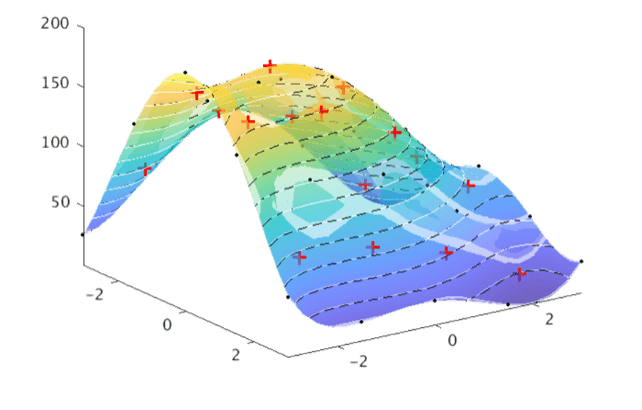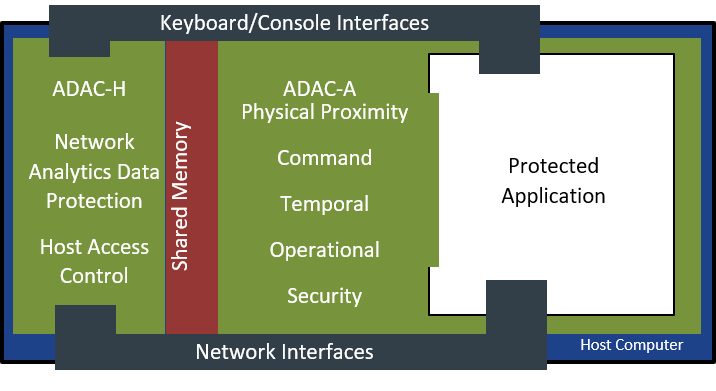CFD Research’s Cyber and Data Science expertise spans a variety of domains and plays a key role in the work of many groups within the company to solve challenging problems for multiple government agencies including Army, Air Force, Navy, NASA, among others. We develop cybersecurity technologies that provide robust Zero Trust critical application protection through a light-weight integrated multilayered framework. We also develop artificial intelligence (AI) and machine learning (ML) based solutions. Some examples of our AI/ML an Cyber technologies are given below.
Signal Processing for Remote Sensing
CFD Research performs fundamental and applied data science research in a variety of remote sensing problem domains. Specifically, we develop AI/ML and signal processing models and training approaches for target detection, target tracking, target discrimination, and change detection for many sensor products. We develop deep learning models that can uncover critical information hidden in raw, high-dimensional data to alleviate the burden of manual analysis and enable automated decision-making in wide field of view imagery.

Predictive Maintenance and Control
Operational safety and reliability are of paramount importance for our customer’s manned and unmanned vehicles; therefore, it is evident that the need for early detection of system or subsystem defects, or indications of them, is critical. CFD Research performs fundamental AI/ML research and develops intelligent models for characterization of mechanical system health; early fault detection and identification; adaption to the changing dynamics and operational state of the system; and autonomous control reconfiguration to mitigate system failure during degraded operation. By leveraging a system’s raw sensor data, health monitoring data, and historical operator inputs, our models are trained to uncover valuable system insights that help diagnose anomalous operational characteristics and ensure mission completion despite potential system degradation.

Cybersecurity Access Control
CFD Research is developing an Automatic and Dynamic Access Control (ADAC) system. ADAC is a two-component system, where one component provides host protection, and the other employs five modules to produce a robust confidence value for each incoming network message.
The host component provides network analytics to the application component. This information includes the physical proximity of the remote system and the information necessary to correlate the incoming message with the analytical data. The host component also employs user behavior analytics (UBA) to provide host access and robust critical application data protection.

The application component receives the sender, receiver, and message type for each message from the application and returns a message confidence. To calculate the confidence the ADAC system queries a configurable set of modules including: physical proximity (to protect against IP hijacking and man-in-the-middle attacks), command hierarchy (to verify the message is consistent with intended design), timeliness (looking for interarrival outliers), operational context (checking sematic operational context), and dynamic security (an application specific black-list). It uses as many sources of data as possible.
